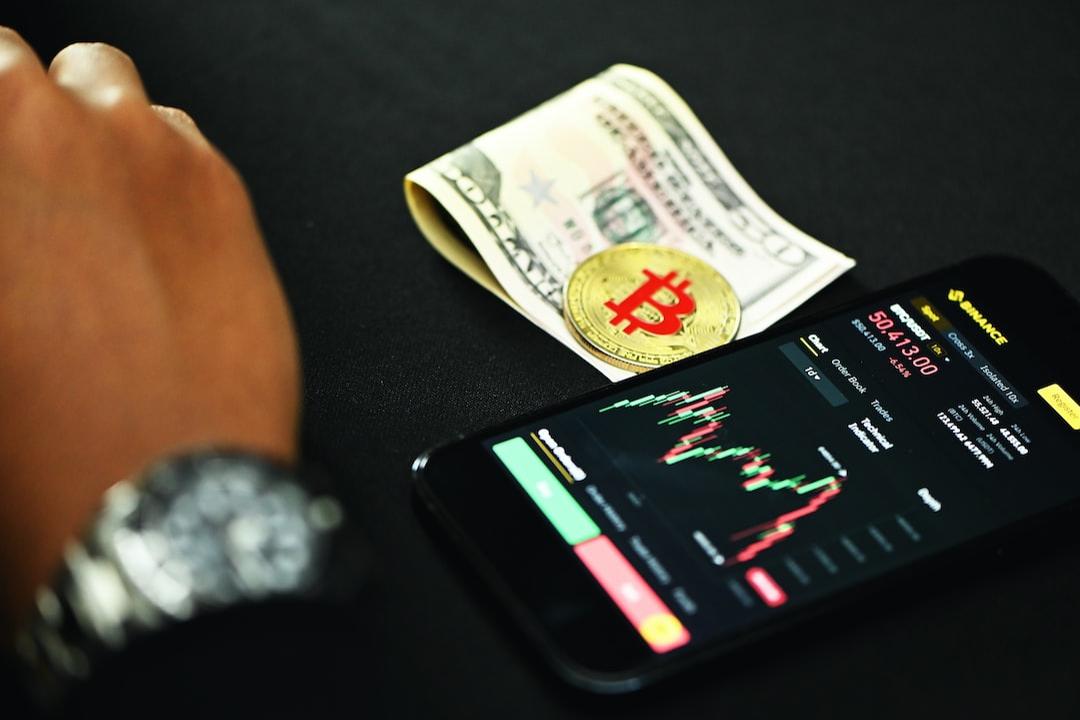The highly anticipated Sony Group’s Ethereum Layer 2 Soneium recently launched its mainnet, sparking controversy shortly after. In general, the public’s biggest concerns regarding major players entering the blockchain space, particularly in Layer 2, revolve around two main points. Firstly, the specific commitment of resources by the group to blockchain, whether as a substantial investment or merely experimental. Secondly, concerns about centralization, as exemplified by Deutsche Bank’s Layer 2 display. Soneium’s controversy falls into the latter category, as the public chain can review token contracts during the RPC phase and reject transaction execution approval.
Soneium Freezes Tokens and Lacks Anti-Censorship Features
Co-founder of the derivative protocol Polynomial, @gauthamzzz, shared some initial controversies surrounding Soneium on Twitter, stating that when creating tokens on Soneium, the public chain reviews token contracts and rejects transaction executions at the RPC stage. If they dislike your token contract, you will receive a prohibition response, without specific feedback on the contract’s issues. When Soneium decides to reject transaction executions, early token traders cannot sell their tokens, resulting in losses.
L2beat Researcher Bypasses L2 to Execute Transactions on L1
Individual Donnoh explained how he attempted to create the $aibo token following the standard token launch process on DEX dyorswap on Soneium, representing Sony’s robot dog registered name. However, the creation of this token was promptly prohibited. Donnoh, being a researcher at L2beat, tried to bypass Layer 2 and execute transactions on the Ethereum mainnet using the OP Stack feature.
Soneium’s Special Rule: Stringent IP Protection Review
Soneium also clarified that the chain’s rules prioritize IP protection. While they encourage applications like meme coins, tokens suspected of infringement will be blacklisted at the RPC stage. However, this blacklist is reversible, meaning that after necessary modifications to comply with Soneium’s rules, tokens can still be successfully released. There is already a successful case of unlocking.
Soneium announced IP-related rules, including:
– Prohibition of Using Names: Asset names, stock codes, or images referencing other companies, projects, personalities, or protected entities (such as Sony) are not allowed.
– Prohibition of Using Copyrighted Content: Unauthorized use of specific images, personalities, artists, games, products, or other copyrighted materials is not permitted.
Specifically, the first 12 hours of token issuance serve as a grace period. During this time, if a token is suspected of infringement, it will be moved to a suspicious token list and official notification will be sent in advance. The notification will contain detailed reasoning explaining why the token is prohibited. Token developers can interact directly with the official team to resolve issues during the grace period. If the issues remain unresolved within this timeframe, the token will be moved to the blacklist. An official committee has been formed to review relevant regulations.
OP Stack L2 Features Anti-Censorship Characteristics
@gauthamzzz stated that this is a significant design aspect of OP Stack. The design of OP Stack compels every Layer 2 to inherit Ethereum’s security guarantees. While Soneium may attempt reviews at the RPC level, they cannot prevent users from forcibly executing transactions through L1. This is not a hack but an inherent design of OP Stack, where all Layer 2 using this tool inherit anti-censorship features.
Binji, responsible for Optimism’s NFT division, also expressed that centralized sorters cannot fully review transactions, as users can always enforce Layer 2 transactions through Layer 1.
Vitalik Buterin also believes that Soneium’s case perfectly demonstrates the flexibility provided by Ethereum Layer 2 in setting public chain rules for enterprises. Regardless of the rules they choose, everything is on-chain, transparent, and auditable by third parties. Whether in an open or closed ecosystem, users can make choices understanding the rules.
Similar rule-making is even more evident on Deutsche Bank’s Layer 2.
(Formerly Europe’s largest bank, Deutsche Bank introduces a zkSync-based Ethereum Layer 2 with constraints to comply with regulatory requirements)
Risk Warning
Cryptocurrency investment carries high risks, with prices subject to significant fluctuations, potentially leading to the loss of the entire principal. Please carefully assess the risks.

